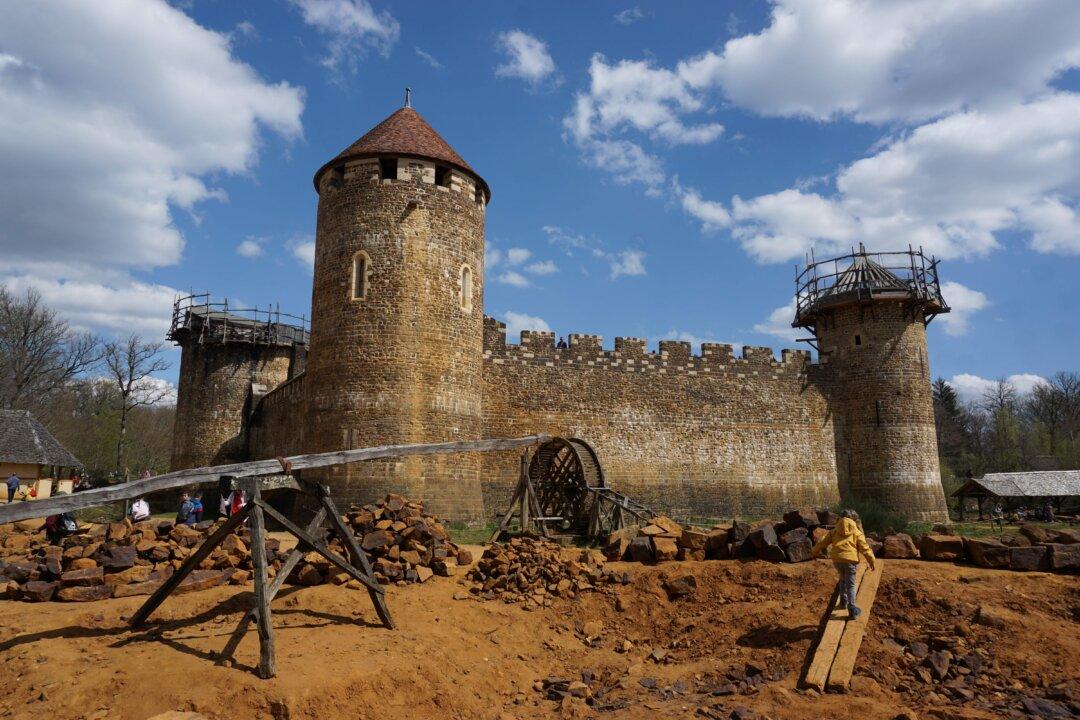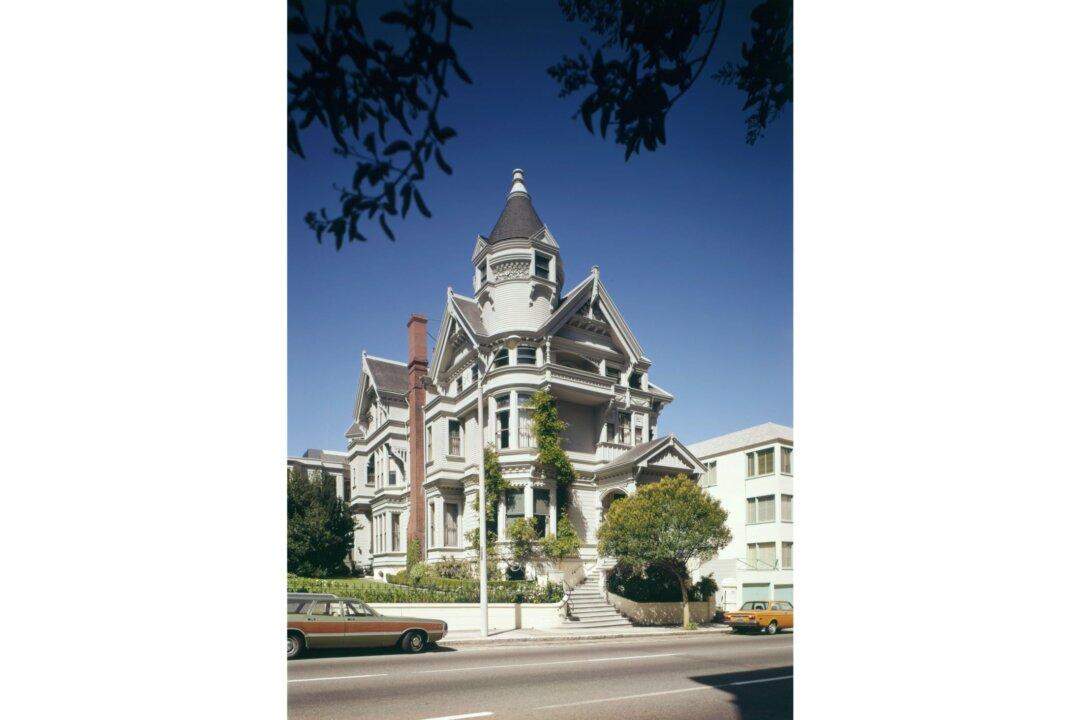While staying true to the building methods used in the 13th century, the construction of Guédelon has been ongoing for 26 years. CEO Maryline Martin, working with head stone mason Florian Renucci, has led the effort to complete the project. With an estimated 10 more years to completion, much has been accomplished to date regarding how much has been learned about medieval construction methods.
Guédelon is situated on property bought for the purpose of building a 13th-century castle from scratch. Everything necessary for the construction of a castle is there: a quarry for stone, a forest for wood, sand, water, and clay. Many crafts were also needed to build Guédelon, including those for the finishing touches that make a castle a home.





